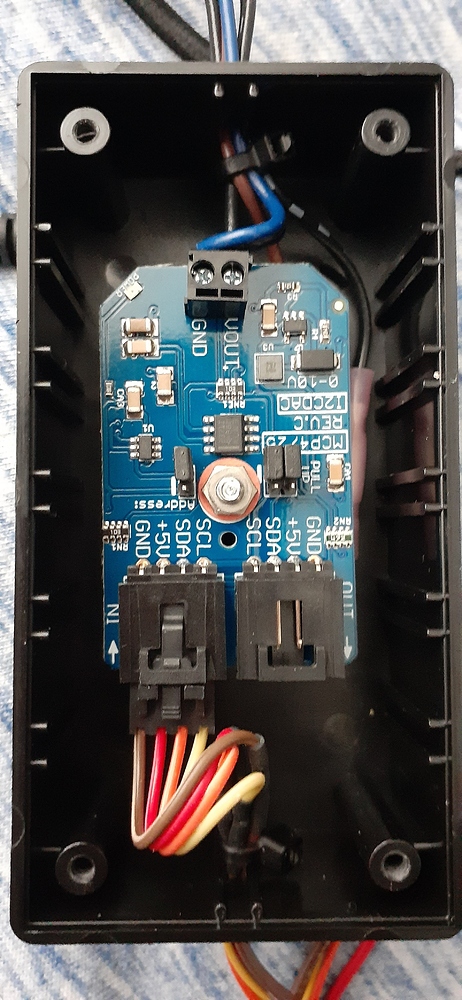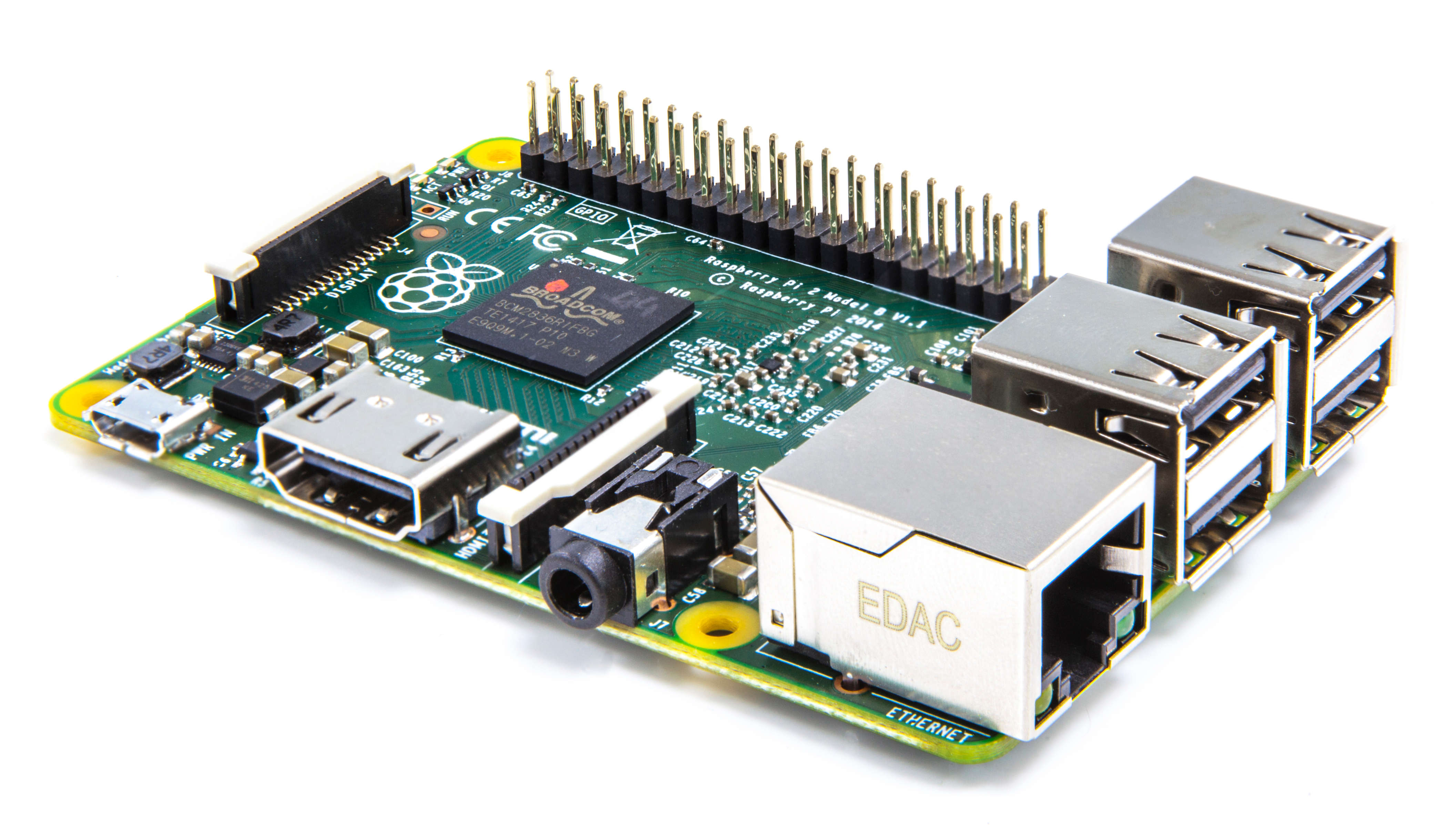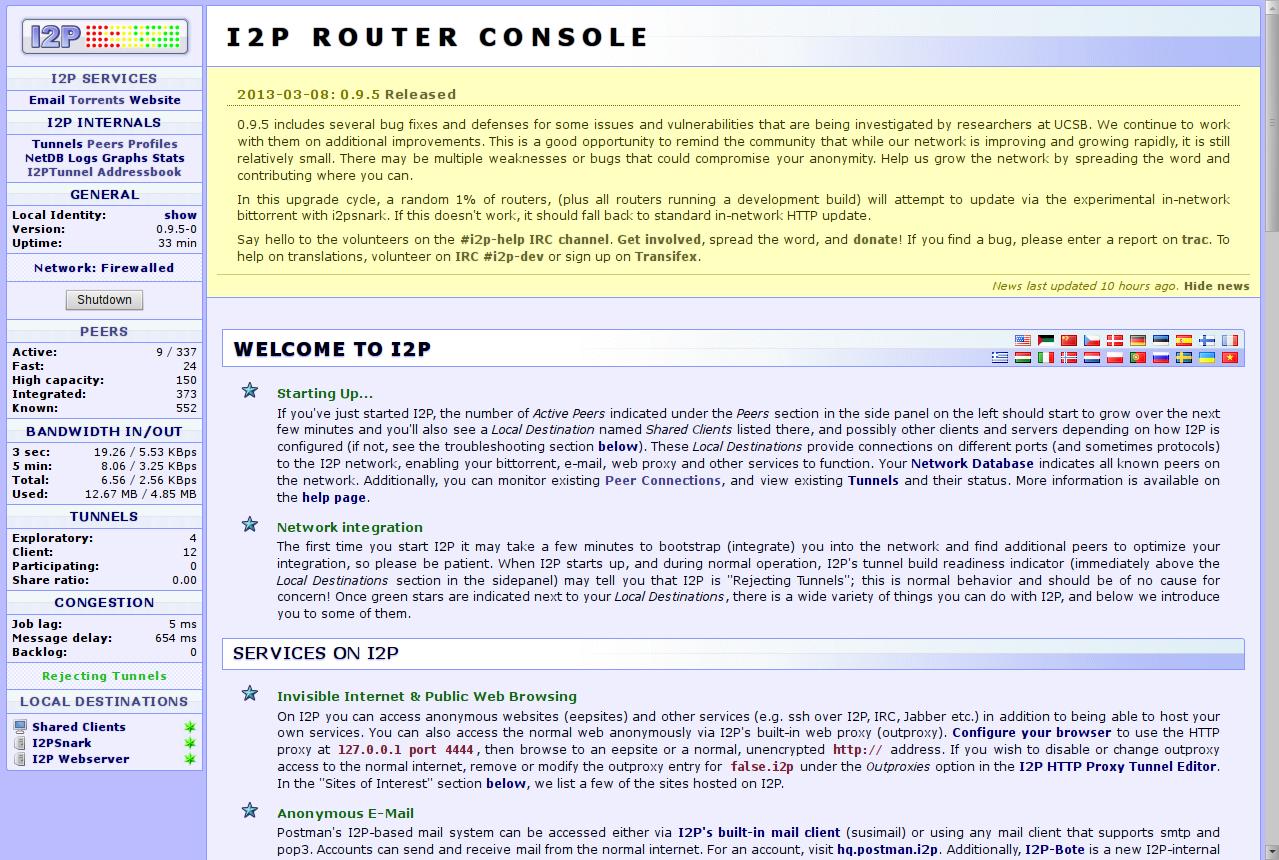

Some emphasize that all traffic between VPN servers is securely encrypted. So an adversary couldn’t see traffic by pwning just one data center or ISP. Traffic gets routed through multiple servers, often on different continents. That is, the proxy isn’t just a single server. Some VPN services offer multi-hop routing to protect against traffic analysis and infrastructure compromise. And even Cloudflare’s VPN Warp does that, by design, because its focus is protection from local adversaries. Some people still use HTTPS and SOCKS proxies, but those are iffy, because they may leak users’ IP addresses to sites. VPN Services and Anonymous ProxiesĪnyway, such intermediaries are generally called “anonymous proxies”. That is, we must compartmentalize our online personas from our meatspace identities. So it’s best to avoid metadata that creates associations with our meatspace identities or locations. Even then, metadata that’s required for addressing and transport can’t be hidden. However, they can still see content and metadata, unless you use apps with end-to-end encryption. It also hides your ISP-assigned IP address from remote adversaries. That protects almost everything from local adversaries, except for time and traffic pattern, and of course the IP address of the intermediary. And all traffic between our devices and the intermediary must be securely encrypted. OK, so how can we fully hide content, metadata and IP addresses?īasically, there must be an intermediary. Although apps with end-to-end encryption will hide content, and some metadata, they don’t hide local or remote IP addresses. And remote adversaries can still see content and metadata, and your ISP-assigned IP address. However, your ISP and other local adversaries can still see IP addresses that you access, and all communication content and metadata. But now, at least, it’s feasible with the Librem 5 and PinePhone.
#RASPBERRY PI I2P PROFESSIONAL#
While that’s a typical professional setup for broadband, virtually nobody does it for smartphones. That helps prevent leakage of information about your identity and location, and also protects your devices from compromise by external adversaries. Instead, you connect them through a standalone modem/router using Ethernet, and interpose a hardware firewall between the modem/router and your devices. Basically, you don’t connect devices directly to the Internet. The first step is securing your Internet connection. If people want me to publish the links to the Kookye- and Adafruit-compatible images, I'll do that too.Online privacy and anonymity depend on preventing your ISP and other local adversaries from seeing communication content or metadata, and on preventing remote adversaries from seeing information about your identity or location.

Here is the link to the WaveShare-compatible image. It needs a 16GB to give /home plenty of room. The disk image fits on a 16GB micro-SD disk.

Oh, and I've gotten it to work for Orange Pi boards also (without touchscreen this time). I'm losing interest since (1) I've no need for access to the darknet and (2) I'm changing careers. I've been working on this project since December of last year. I don't claim that it's secure, stable, or safe. It'll also redirect regular Internet traffic through tor.

Once the device has logged into a Wi-Fi hotspot (preferably without a captive portal), the user is able to log into the device and use it to access freenet, i2p, and onion sites. It has an HTML interface that's accessible via on the logged-in computer.
#RASPBERRY PI I2P PASSWORD#
The /home partition, which contains the temp files for freenet and i2p, is encrypted with a password of the user's choice. The ID and password are randomly generated and displayed. (I've made it work on the Adafruit screen and Kookye screens also, but I prefer the Waveshare.) It uses a Raspberry Pi 3 board and a WaveShare touchscreen. I've built a device that gives easy access to freenet, i2p, and tor.


 0 kommentar(er)
0 kommentar(er)
